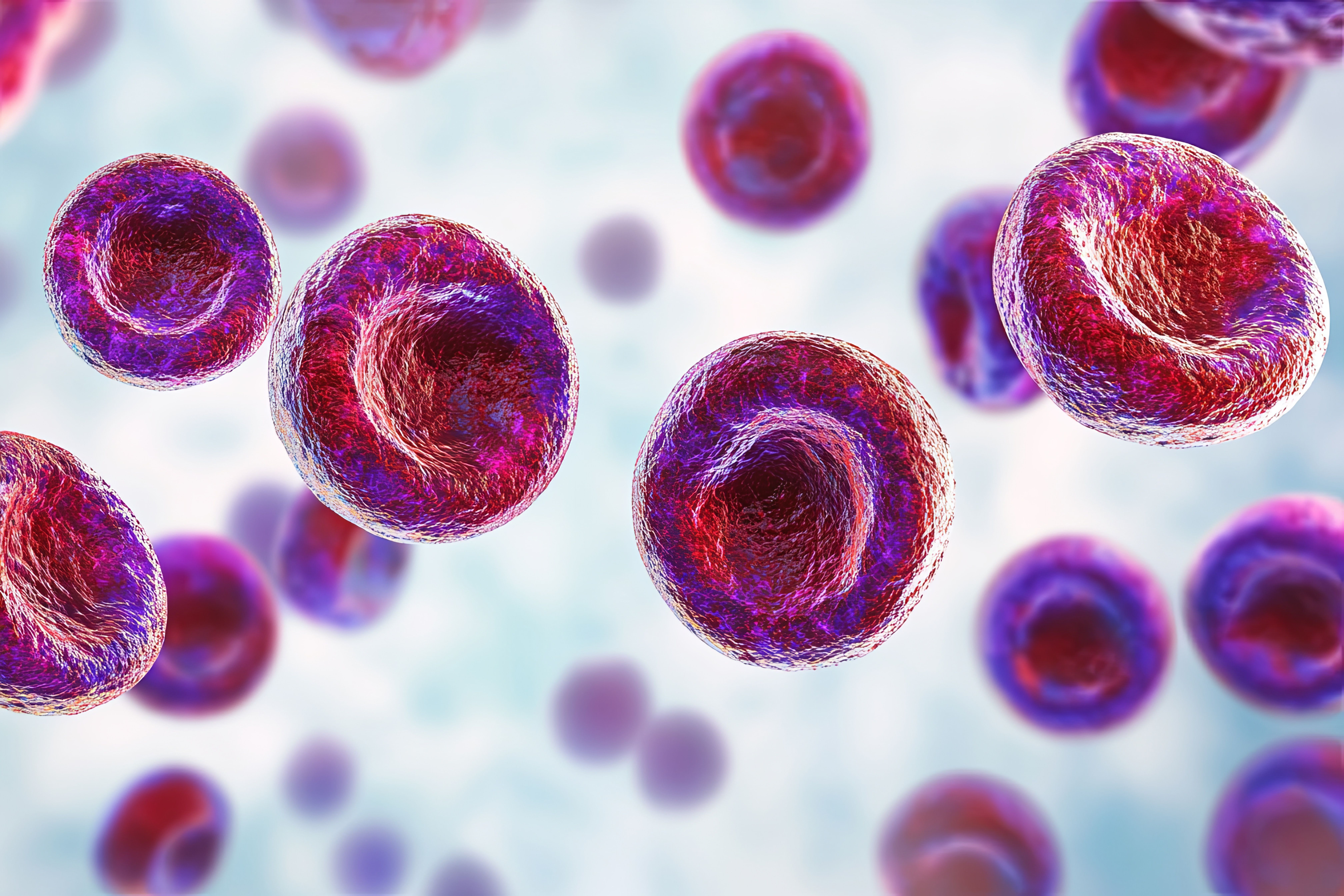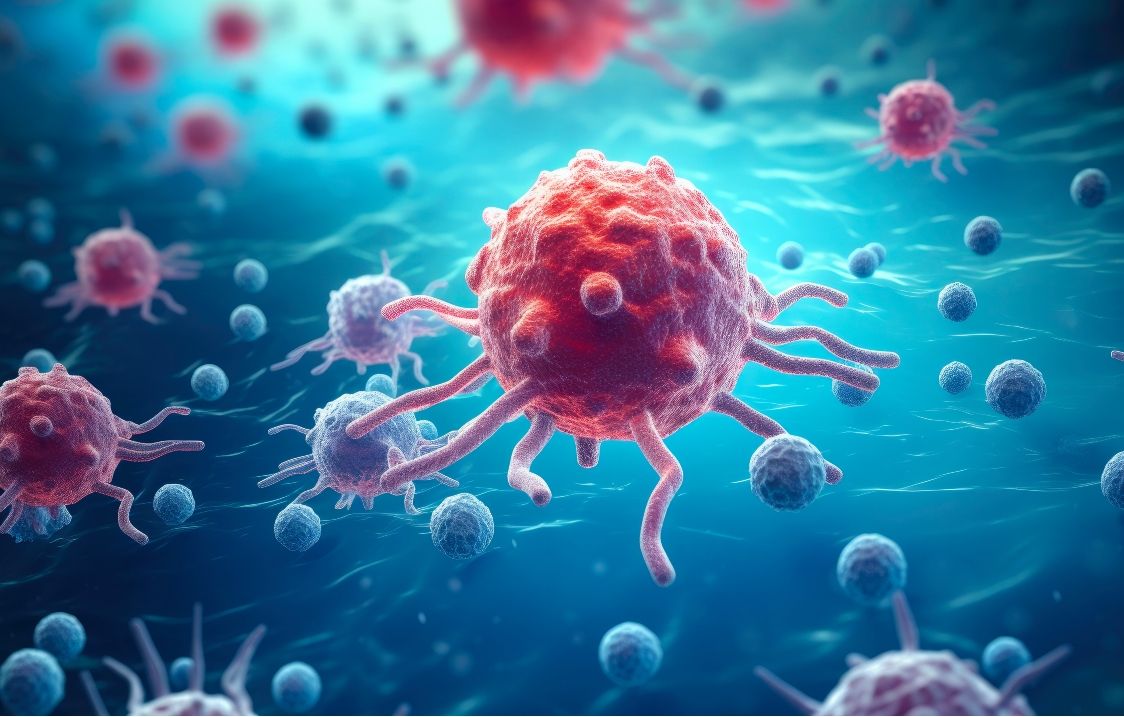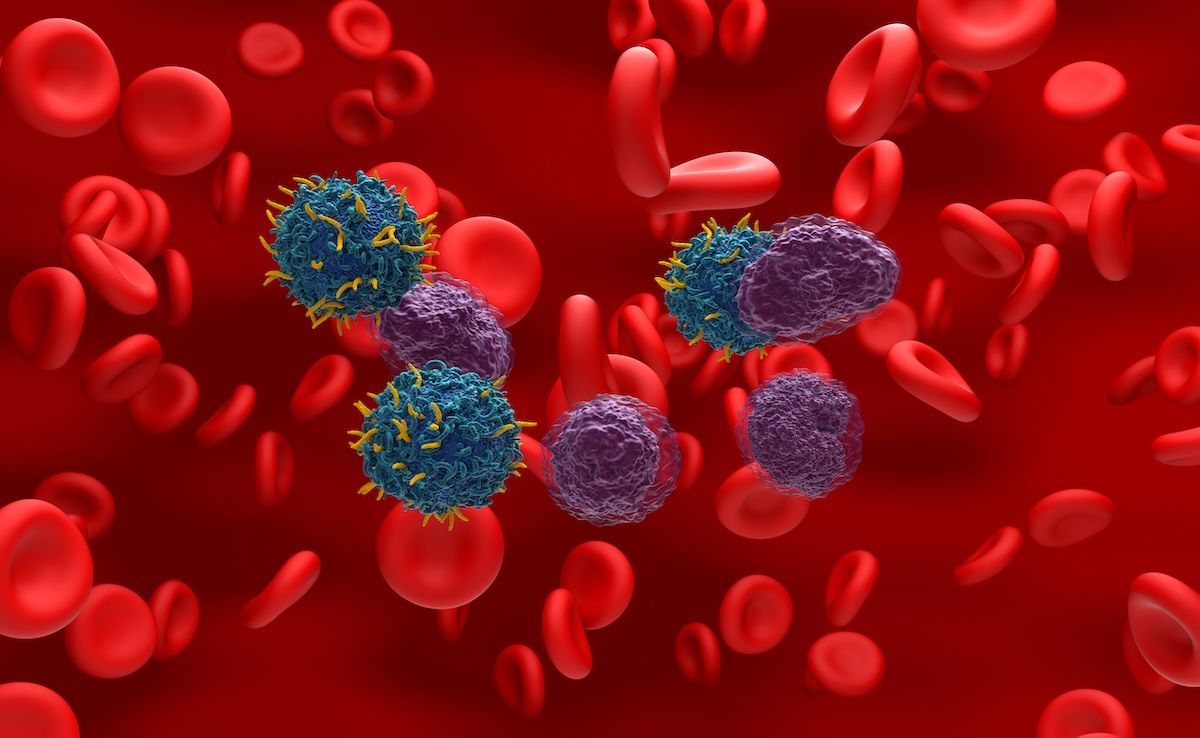Video
Transplant Eligibility, NCCN Recommendations, and Sequencing
Dr Ajai Chari defines when a patient is transplant eligible and what proportion of patients often are. He reviews the NCCN Guidelines and the standard sequencing of MM in transplant-eligible patients.
Transcript
Ajai Chari, MD: The criteria for transplant eligibility in myeloma are primarily organ functions, so injection fraction greater than 50%; pulmonary function tests, in particular FEV1 [forced expiratory volume in 1 second] and DLCO [diffusing capacity for carbon monoxide] greater than 50%; and good performance status. Those are the main things. We often talk about age, but nothing in human beings is binary. I think most United States centers have an estimate of around 70 years old, but we could imagine that there could be a very, very sick 50-year-old with multiple comorbidities. The only other thing I would add is that in the above-70-years-old patient population, I don’t think the decision has to be made at the initial diagnosis. We can see how they respond and tolerate therapy, and if somebody had difficulty tolerating treatment or they don’t get into deep remission, they may very well benefit from a transplant. But those who are doing beautifully on standard chemotherapy may not need transplant consolidation.
In terms of the proportion of patients with myeloma who are transplant eligible, we say that the median age of myeloma is the late 60s or 70 years old, which would mean that at least 50% of patients would be eligible. Unfortunately, we know that very few patients are getting referred for transplant consideration. So it’s important to at least have that initial consultation. The other thing I would add is, in the era of CAR T [chimeric antigen receptor T-cell therapy], it’s also important to have that discussion because after CAR T, which is very promising, a lot of patients are ending up with low blood counts, and it’s nice to have some stem cells on hold or reserve as insurance policy to help with the marrow resuscitation.
The NCCN [National Comprehensive Cancer Network] recommendations for induction therapy with transplant-eligibility consideration is essentially based on the SWOG-S0777 study, which compared VRd [bortezomib, lenalidomide, dexamethasone] with Rd [lenalidomide, dexamethasone] and showed that the triplet VRd, which is bortezomib, lenalidomide, dexamethasone, resulted in superior response rate of PFS [progression free survival] and OS [overall survival], although that was actually for a group of patients without the intent to transplant. We extrapolate from that because historically we’ve been using, in the United States, RVd [lenalidomide, bortezomib, dexamethasone] as our default triplet induction regimen for the last decade and well before the SWOG-S0777 results, but at least it substantiates triplet therapy.
Most patients are getting at least that regimen: the PI [proteasome inhibitor], IMiD [immunomodulatory imide drug], and dexamethasone. There are also some data for carfilzomib, lenalidomide, and dexamethasone. And I think that’s particularly worth considering in patients who may have neuropathy, are young, have no cardiac issues, and are very fit. It’s a very potent drug, so high-risk disease may also be a consideration. Those have been the primary induction regimen. There are some patients who benefit from an induction therapy with a cycle of cyclophosphamide [Cytoxan], so a PI-cyclophosphamide index. But 2 studies have shown that the PI, IMiD, dexamethasone triplets are superior, and that includes the IFM [L'Intergroupe Francophone du Myélome] study, which compared bortezomib, thalidomide, dexamethasone to bortezomib, cyclophosphamide, dexamethasone and showed that the thalidomide was superior. Also, in the FORTE study, KRd—carfilzomib, lenalidomide, dexamethasone—was compared with carfilzomib, Cytoxan, dexamethasone and also showed superiority with IMiDs.
I think generally we use the IMiD. But in a newly diagnosed patient who is admitted in the hospital and who has renal dysfunction, perhaps it’s going to take some time to order the Revlimid, or lenalidomide, and in that setting there may be a role for 1 cycle of the triplet with cyclophosphamide.
For transplant-eligible patients, the sequencing would essentially consist of this PI, IMiD, dexamethasone triplet followed by transplant, which we can discuss more because that’s a discussion in and of itself, the timing of transplant. But assuming somebody went to transplant and then went on to lenalidomide maintenance, which has been shown based on meta-analysis as well as individual studies to extend not only PFS but also OS. What that leaves us with is the vast majority of US patients who are transplant eligible end up becoming lenalidomide refractory. And that is a big issue because in the first relapse, we have multiple studies that are showing improvement with the novel therapies compared with control arms, and you can broadly define them and divide them into lenalidomide-containing regimens and bortezomib-containing regimens.
The lenalidomide-backbone regimens, for example, would be with the addition of either daratumumab, ixazomib, elotuzumab, or carfilzomib, and those are all phase III studies. But the patient we took to transplant and had lenalidomide maintenance wouldn’t be eligible for any of those. That is an important sequencing consideration. These patients would be eligible for all the bortezomib-backbone studies, so one cold certainly pick from any of those. Examples of those might be pomalidomide, bortezomib, dexamethasone; daratumumab, bortezomib, dexamethasone; and recently daratumumab with carfilzomib and dexamethasone. Those are options that we could use in a lenalidomide-refractory patient.





